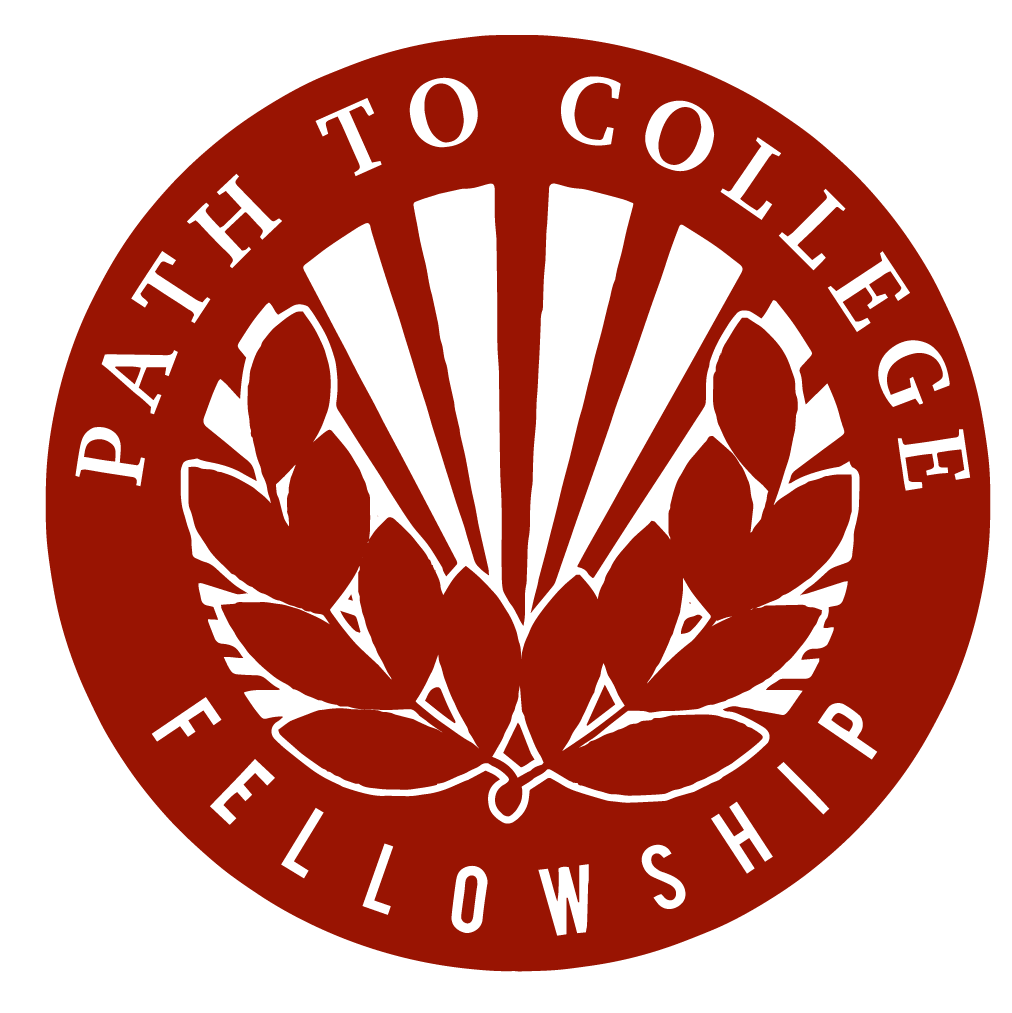Tackling the Financial Literacy Gap
Financial literacy is more vital to our students' success than ever before. Many Americans were struggling to plan for emergencies and retirement even before the financial crisis accompanying the recent COVID-19 outbreak. According to a recent Federal Reserve report, 4/10 Americans would not be able to cover a $400 emergency without borrowing or selling possessions.
With student debt on the rise, even college graduates are often accepting lower-paying, lower-skill jobs just to start paying their loans back. Since the 2009 financial crisis, those with outstanding student loan debt are less likely to buy a home, take out a car loan, live independently from parents, and have good credit. Low-income students are particularly susceptible to falling into these traps.
Though there are a plethora of opportunities for need-based and merit-based scholarships and financial aid, many students don't know what is available to them. In the 2019-2020 application cycle, 43% of high school seniors did not fill out the FAFSA, which determines eligibility for Federal Aid as well as many private scholarships. This resulted in students missing out in 2.6 billion dollars in Federal Pell Grants alone.
Path to College is dedicated to making sure our students are informed and prepared for the financial burdens and possibilities that will affect them. Through our college prep workshops, which highlight the financial options available to pay for college, as well as our various outreach events and programs, our fellowship program has resulted in a 63% increase in knowledge of personal finance. We hope this increase in awareness will prepare our students to enter their adulthood with the tools necessary to navigate the finances of college and beyond.
